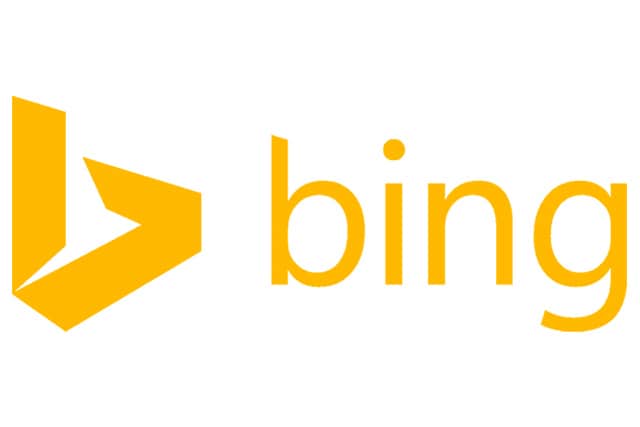Bing has published a new blog post that I believe is a must-read for any webmaster or SEO’r. Titled Web Spam Filtering the post goes into detail about what web spam is, how it works, and what Bing is doing about it.
Bing actually takes a very interesting methodology to understanding and fighting web spam by starting their battle with determining the spammers motivation – and by determining their motivation it makes it easier to filter out spam pages. If you really think about it, it makes sense – and Igor Rondel also does a great job at explaining it:
Whether directly or indirectly, a spammer’s primary goal is to make money. There are exceptions who are in it for other causes, e.g. politics & general mayhem, but the vast majority of the spammers are driven by their ability to monetize their efforts. The most prevalent way to translate spam activity into financial gain is via Ads (inc. affiliate programs.) The more Ads they are able to show to users, the bigger the financial gain. The math here is very simple – certain % of the users will inevitably click on page ads and certain % of those will follow through (i.e. make purchase) on the Ads (in most cases follow through is not even required as most types of ads reward site owner via the click on the ad itself.)
That said this methodology gets combined with further conditions to determine whether or not a page is spam or not. These conditions include:
- The quality of the content on the page
- The volume and type of ads and how they render
- The layout of the information and position of ads in relation to text
If you sit down and read through the entire post you’ll pick up alot of useful tidbits of information about web spam as a whole, and how you can avoid being on the wrong side of a Bing web spam filter.
